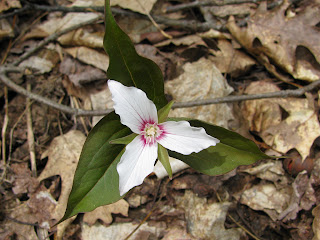With the warm south breeze blowing today, I was easily reminded that spring is almost here. In the past week there has been steady flights of geese heading north and the mockingbird in my yard has started making noise a couple hours before dawn. March is when we see our first migrants arrive in the Mid Atlantic region and many of our winter residents begin to depart to their breeding grounds to the north.
Photo: Snow Geese, Stryker Images
By the middle of March most of the large flocks of Snow Geese and Tundra Swans have left the region along with the Northern Pintails and Fox Sparrows. But with one species departure to the north another species from the south takes it place. Ospreys, Purple Martins, and Pine Warblers are three of our first spring migrants to arrive. Laughing Gulls and Chipping Sparrows also begin making their presence known in March. Herons, like Great Egrets, Snowy Egrets, and Glossy Ibis once again take up residency in the marshes, while Eastern Phoebes and Louisiana Waterthrushes start staking out breeding territories in the forests and wood edges.
Photo: Louisiana Waterthrush, Bill Hubick
Taking a walk down an isolated road might give you a chance on seeing a Mourning Cloak. They are one of the first spring butterflies to appear in March. Question Mark butterflies also are early fliers. Lucky is the observer who gets a prolonged look at a Question Mark that isn’t on the wing. Common Green Darners are our only dragonfly that is expected in March, although in the southern Mid Atlantic like North Carolina other species of odonates can be expected.
Photo: Mourning Cloak, Bill Hubick
By now Skunk Cabbage blooms are beginning to poke out of the muck of spring seeps and the Harbinger-of-spring is about to blossom.
Photo: Skunk Cabbage, Jim Brighton
Photo: Harbinger-of-spring, Elizabeth Nicodemus
By the end of March Virginia Bluebells, Spring Beauties, and Bloodroot will dot the forest floor and river plains of the piedmont.
Photo: Virginia Bluebells, Jim Brighton
Since spring is right around the corner, I thought I would write a post on one of my favorite wildflower genera, the Trilliums. Over the next week I am going to post a detailed treatment on how to identify all 16 species of trillium that grow in the Mid Atlantic region. Unfortunately, some species of trillium are very difficult to differentiate from one another, so there is going to be some fairly technical botanical jargon used. Don’t let it scare you off. I’ll be sure to explain all the terms, supply some of my own drawings (don’t laugh) to help illustrate certain id points, and there will be plenty of great photos that will show the beauty of the plants. So stay tuned, lots of wildflowers are on the way…
I would like to thanks the photographers who made this post possible.
Bill Hubick -- www.billhubick.com
Stryker Images -- http://www.flickr.com/photos/strykerimages/
Elizabeth Nicodemus -- http://www.flickr.com/photos/ecarey








No comments:
Post a Comment